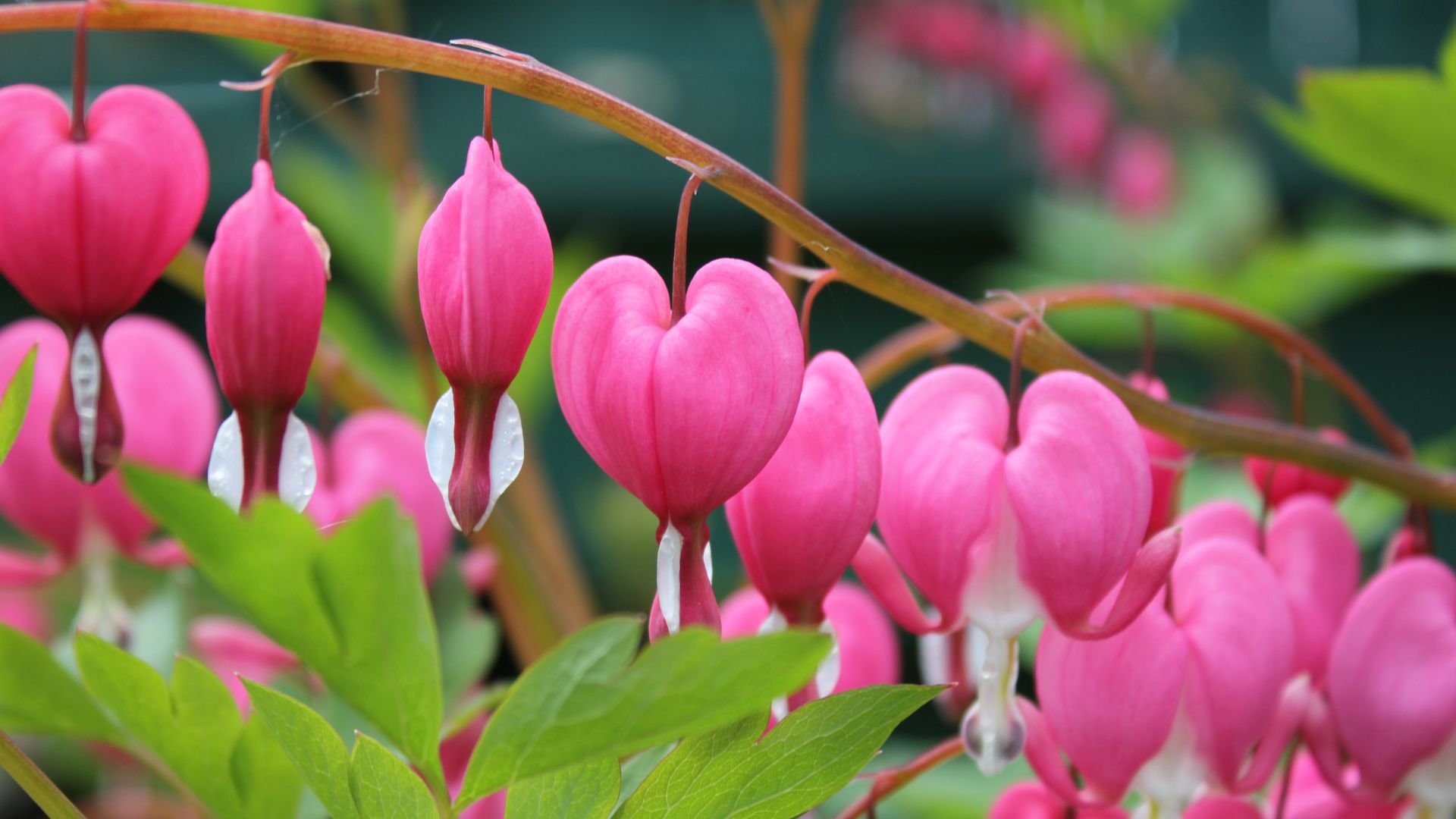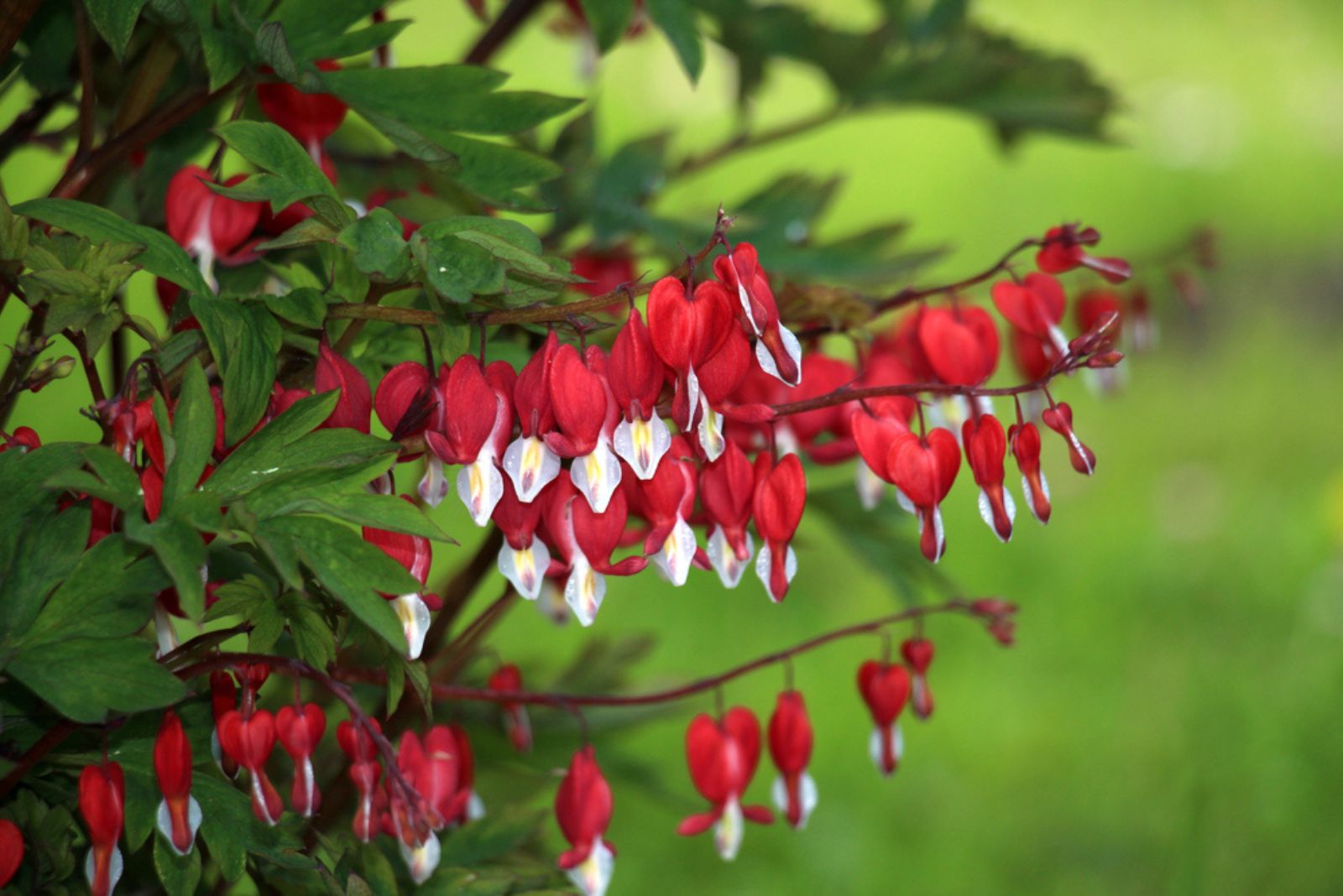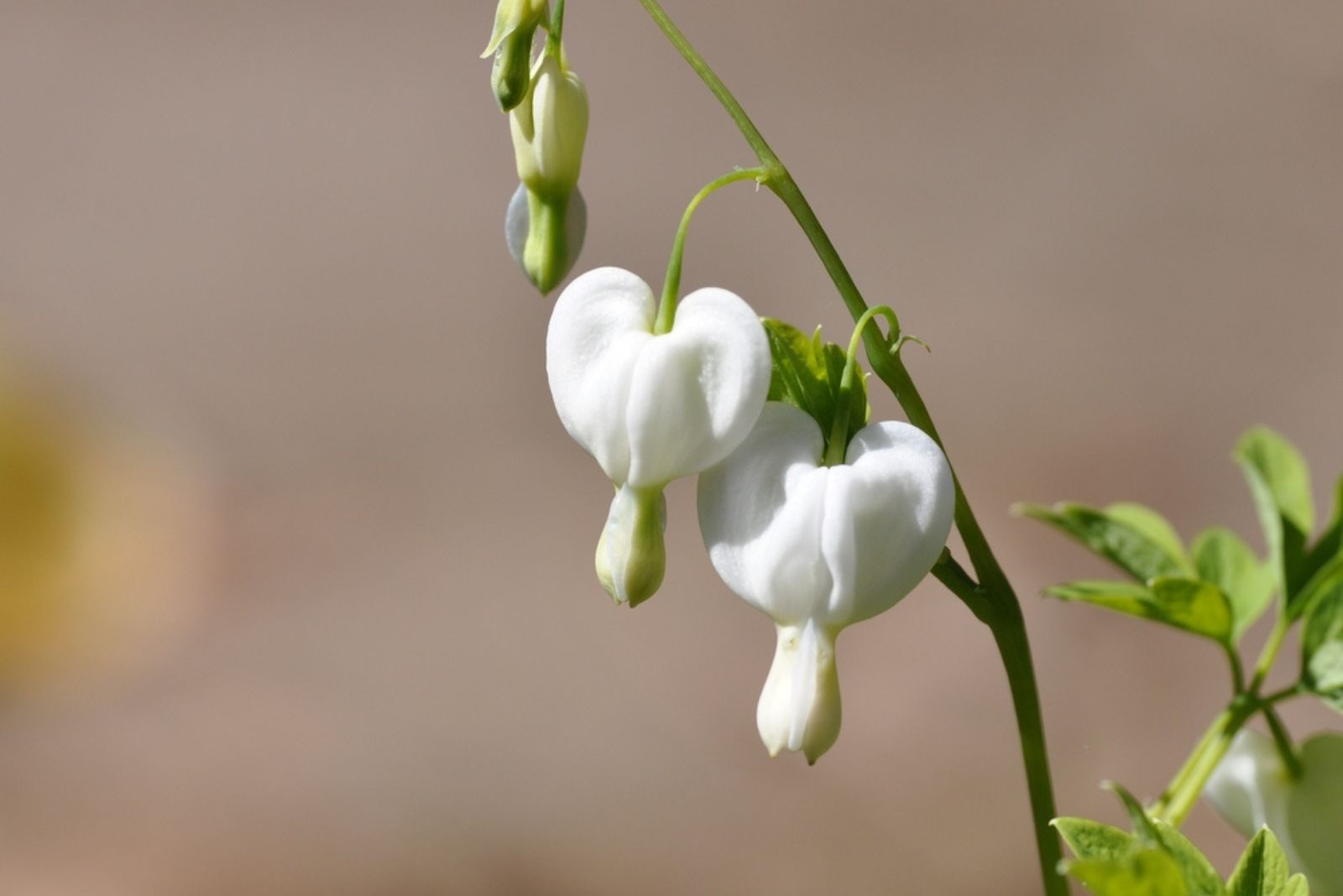Bleeding hearts are a true gardener’s favorite. Their deep purple shade and heart-shaped flowers are all it takes to make a garden special.
They do come in other colors, don’t you worry, and they bloom between late spring and early summer, thriving in shaded locations and asking for nothing but a little water in return.
But if you want to make them as glorious as they were meant to be, then try pruning them the right way.
Here’s how to do it!
Can You Cut Back Bleeding Hearts?
These flowering plants – also known as dicentra – are perennials and they love a good deadheading. Remove their spent flowers and many varieties will reward you with another flush of flowers later in the season.
But is it necessary to prune them and prune them hard?
In fact, the lush above-ground growth will die back on its own when the winter approaches, but the rhizomes survive these harsh conditions and are ready for the new flowering season come spring.
It is precisely because of this growing habit that it isn’t necessary to cut back to keep it in check or help it grow.
But even though it isn’t necessary, it doesn’t mean you can’t do it. These plants die back just before the winter frost and that’s when you can remove the dying foliage. This will keep your bleeding heart (zinnias, coneflowers, and dahlias) healthy.
When You Should Do It
Now, as I’ve already mentioned, it isn’t necessary to either deadhead or cut back dicentra in order to keep it healthy. However, it definitely helps you to maintain a clean and tidy garden.
The key when cutting back your bleeding hearts is to avoid doing it while the leaves are still green. The plant is photosynthesizing and gathering energy and food at this point, which will sustain it throughout winter.
Pruning all the viable growth will make your plant weak and interfere with its survival and spring awakening.
If you decide to prune your bleeding heart before winter arrives, do so only after all the foliage has turned brown and died back. This usually happens around the end of summer or fall.
Just make sure to monitor the appearance of your plant. This plant is hardy in zones 3-9, which clearly have different growing conditions.
Bleeding Heart Post-Pruning Care Routine
Bleeding heart plant care and tending to it after cutting it back is no different. The first thing you need to do is make sure it doesn’t dry out during the following spring and summer months.
In the extremely hot summers and scorching temperatures found in some North American regions, this plant can enter a state of dormancy. So don’t be surprised if your plant lacks blossoms during this period.
When the fall arrives – and great rainfall follows – your plant will quickly wake up and push out those gorgeous flowers it’s been holding back throughout the summer.
And once it starts dying and look sad, you can either leave it as it is or cut back the wilted growth and throw it into your composting bin.
After cutting it back, you can mulch it with your homemade compost or green manure to prevent weeds from emerging, keep the soil moist, improve its fertility, and protect the roots from plunging temperatures.
Lastly, you can interplant these garden beauties with spring bulbs, and mulch is only going to help that process and keep all your plants thriving.
P.S. Don’t forget to irrigate your bleeding hearts once the soil dries out.



